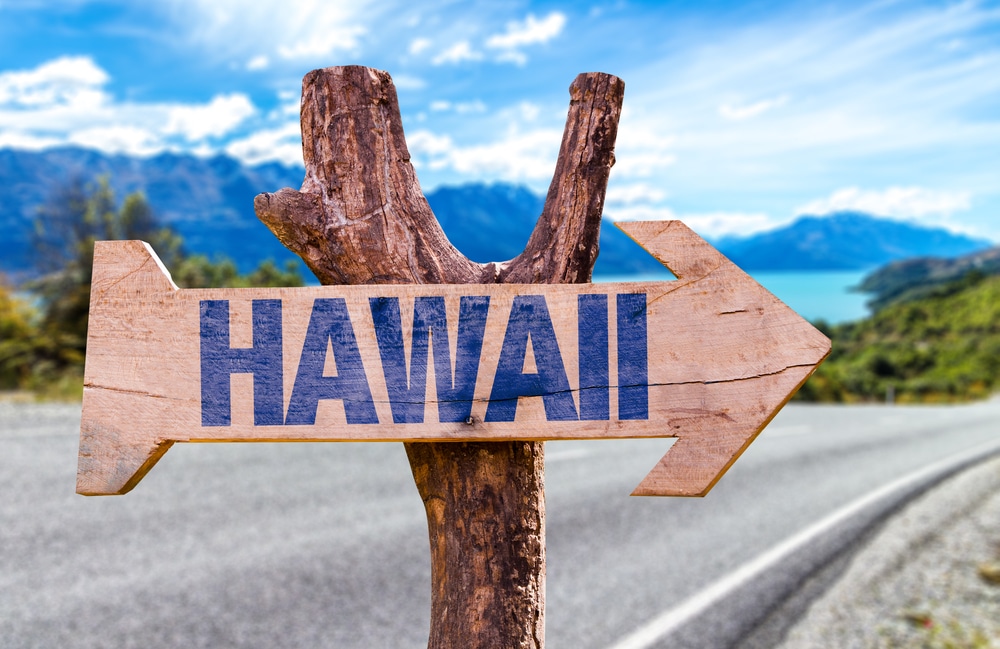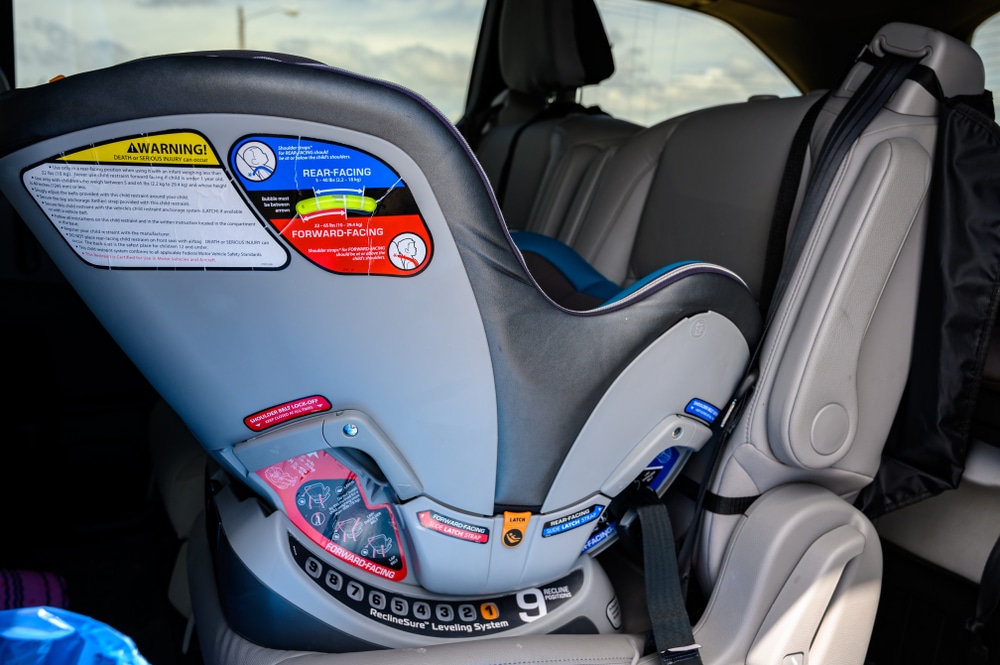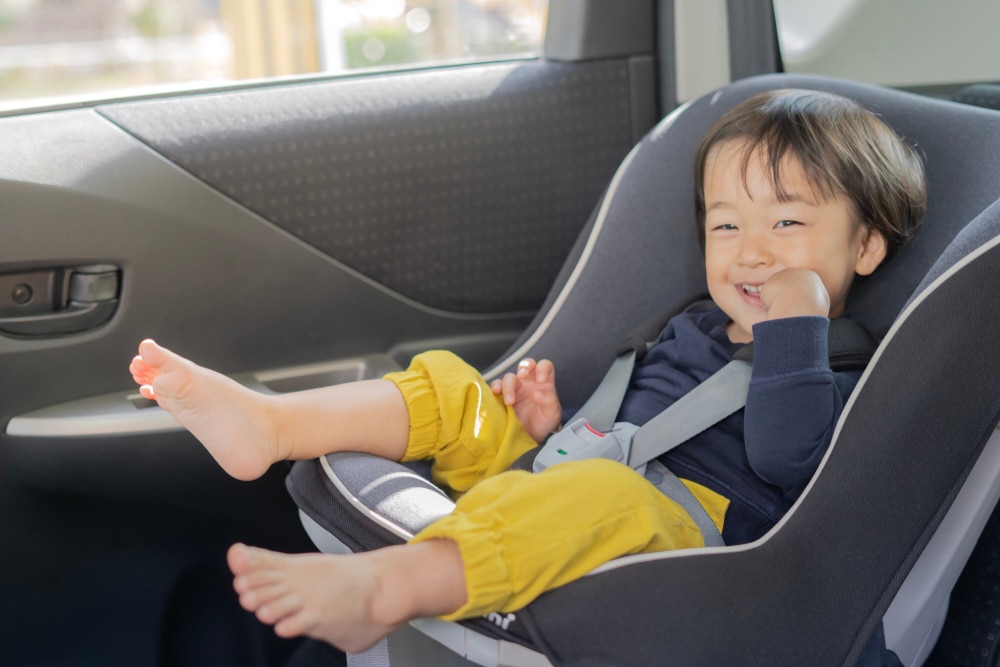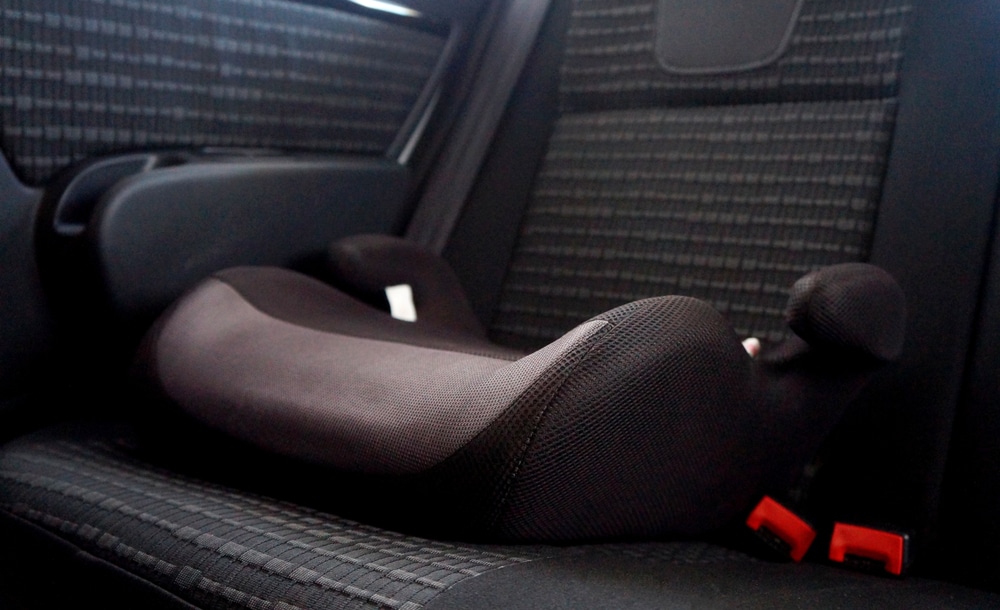Whether you live in the state of Hawaii or you’re planning to visit with children, you need to know what the car seat laws are for that state.
No matter where you visit, always be sure to familiarize yourself with each state’s laws regarding car seats to ensure your compliance. Car seats are essential to the safety of children, and each state has a particular set of laws in place to provide guidelines and regulations to prevent injury and death.
Consider the following information and details for the car seat laws in Hawaii.

The Outlined Hawaii Car Seat Law
In the state of Hawaii, children must be secured in a child safety seat matching the child’s size requirements. Children from ages four to seven need a booster seat or some type of approved child restraint seat.
If anyone violates the law, they can receive a fine between $100 and $500 per incident. There is also a mandatory four-hour class to attend on the proper use and laws regarding seat belt safety and laws in Hawaii.
In an attempt to give taxpayers a break for needing to purchase those approved safety seats, they allow a $25 tax credit applied towards the seat’s purchase.
Type of Child Restraints and How to Use Them
There are several types of car seats, and according to Hawaii’s seat belt law, they must be installed and used correctly to be compliant. Here are the types of safety seats and how to install and correctly use each.
Rear-Facing Safety Seat

The rear-facing safety seat is designed for younger babies and children, from birth up to 35 pounds. When you leave the hospital after delivery, the hospital staff must ensure you have the proper type of seat installed in your vehicle.
It is essential to know that you should only put a rear-facing safety seat in the back seat. The airbag in the front seat poses a risk to the child’s life in the event that it deploys.
Place the child in the back, preferably in the center of the back seat, and have the child facing backward, looking at the seat. The head part of the safety seat should be reclined so the baby’s head is resting comfortably and won’t move around when the brakes are applied or when the car is going around corners.
Next, be sure to keep the harness part over the inside of the shoulders, just on the side of the neck on each side. The straps should tighten where they are snug, and you should be able to insert two fingers in between the harness and the child’s chest.
The harness clip should slide up to the top of the chest just below the neck at armpit level without pressing hard on the chest. Make sure you can’t gather slack in the harness, but make sure your child is comfortable once buckled in.
Run the car’s lap section of the seatbelt through the belt path section. It should be labeled on the car seat, or you can find information about it in the car seat instructions. Make sure the seat belt is securely fastened into the anchor part on the other side. Pull to make sure everything is locked in place and pull any slack in the seatbelt so that the belt is tight and holding the car seat properly in place.
Forward-Facing Safety Seats

Once your child reaches 35 pounds, they will move on to the next safety seat for children, the forward-facing model. This type of car seat is secured nearly identical to the rear-facing model and labeled for use between 20 pounds and 80 pounds.
However, there are many models, so not every seat will fasten into place the same. Some will install just as stated below, while some may feature a detachable base. The base will install as per the owner’s instruction manual. However, the base will stay in place, and the seat part detaches by releasing a clip or a lock.
Here are the basics for most of these seats.
Make sure the straps are set high enough to not press uncomfortably on the child’s shoulders. You can adjust the height on most models by consulting the owner’s manual.
Just like the rear-facing models, make sure the straps are snug, and the harness is on each side of the head, resting securely on the child’s shoulders. Slide the plastic center harness clip to armpit level at the top of the child’s chest a few inches below their chin. Make sure there isn’t any slack or gathering in the straps.
Run the seat belt through the belt pathway labeled on the car seat. You can also use the car seat’s anchor attachment option rather than the seatbelt, but manufacturers only suggest one or the other; not both.
Booster Seats

A child booster seat is designed for use in children weighing between 40 and 120 pounds. This is a less complex type of safety seat and provides a layer of safety, but they also help children see out the window and around the vehicle during the ride. It installs quickly, and children may navigate the seat harness themselves at a certain age.
To install these seats, have the child sit in the seat between the seat belt harness and anchor. Next, the seat belt will go through a guide above the child’s shoulder and through an opening and across the child’s cheek.
The lap portion will also go through a guide across the child’s lap and then lock into place in the seat belt anchor. Pull the seat belt to secure the child. Make sure the seat belt locks into place before proceeding.
Seat Belt FAQs
In most cases, a parent won’t be held liable for not having a child secured in their safety seat, and there’s a medical emergency. The authorities may verify the emergency, but there usually isn’t a fine or ticket involved. They are more concerned with a current risk to the child’s well-being. However, if it’s possible, make sure they are secured to avoid any potential injuries if there is a collision.
Children need to be seven years of age, or meet a specific weight requirement, not to need a booster seat. Most states have their height and weight guidelines, so be sure to know what they are before allowing your child to ride in the car without a booster seat. Always check local laws for more details.
The law may make an exception if there isn’t enough room in the safety seat for all the children in the vehicle. Please refer to the local laws and guidelines for specific details. Usually, authorities make exceptions for some cases because safety seats take up a good amount of space, and usually a standard vehicle can only hold two in the back seat.






